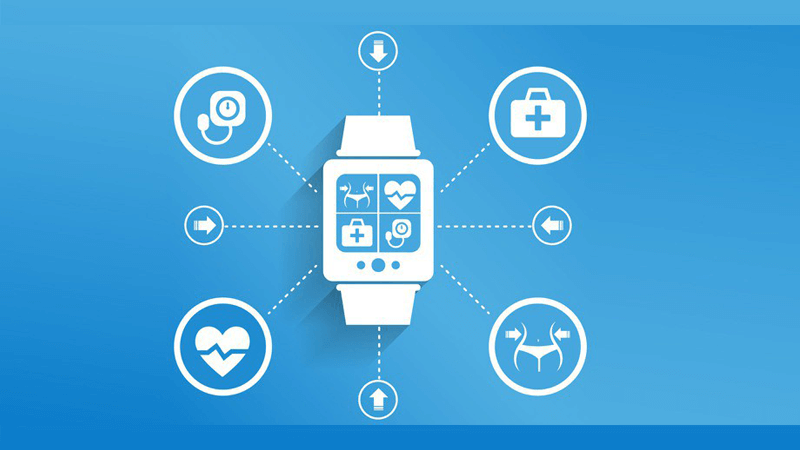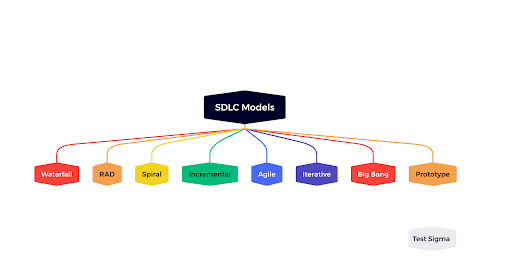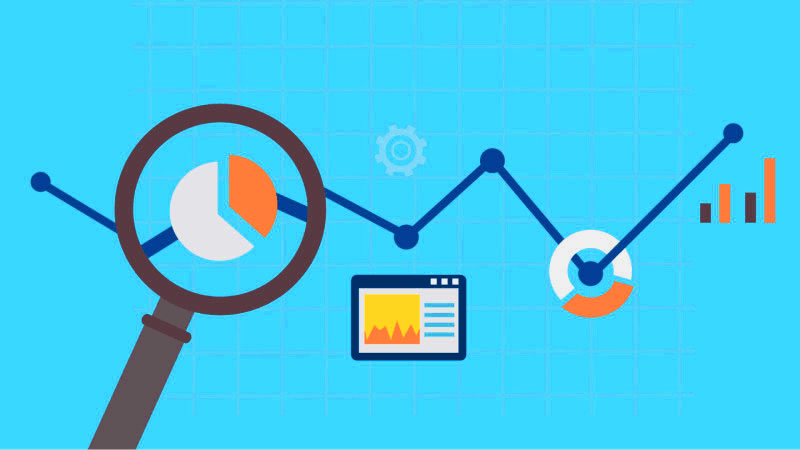
The traditional patient and doctor models are experiencing extreme change. Technological innovations such as Wearable app development in Healthcare is an appealing change in diagnosis and therapy, as well as patient monitoring. Wearable devices connected to the Internet of Things are transforming the healthcare ecosystem at a phenomenal pace, creating a whole new world of digital medicine. Healthcare wearable app development is a fast-growing area in developing technologies.
Here are some statistics that show the growth of wearables:
- “Tractica calculates an expansion of the wearables devices until 2021, with total shipments for all wearable devices to 560 million in 2021, which means an expected device revenue of $95.3 billion in 2021” (wearable technologies)
- By 2021, Gartner predicts that sales of smartwatches will total nearly 81M units — serving 16% of total wearable device sales, according to its forecast (Techcrunch)
Such growth is connected to several factors such as improvements in technologies and medical equipment, as well as the generation of smartphones, followed by the healthcare mobile application development. Another reason is that people have become much more conscious of their health and are willing to utilize wearables in their everyday lives.
Often used as accessories or implantables on the body to collect data, wearables are user-centric. The industrial application in the field of wearable technology is already extensive.
Factors Driving the Growth of Medical Wearables
- Increasing number of smart devices and the connected world via IoT
- Improved awareness about health and well being
- Integration of sensors into consumer devices
- Ability to get appropriate medical support
- Interest and investment of tech giants such as Apple, Google, and Microsoft
Wearable Medical Devices
Wearable health monitoring devices enable the production of a unique branch of healthcare i.e. telehealth. This field includes “use of digital information and communication technologies, such as computers and mobile devices, to obtain health care services remotely and maintain your health care.” The main advantage of telehealth is that the information about patient health conditions can be collected anytime, anywhere outside the clinical settings, which saves time and most importantly lives.
More and more people use smartwatches and fitness trackers to observe vitals and overall well-being, while patients are equipped with devices to observe and manage diseases to take proactive steps to decrease possible consequences.
Wearable devices in healthcare enable doctors to present complete care to each patient without wasting much time. Wireless data transmission and alert mechanisms provide quick submission of a notification to the hospital or your medical practitioner. This enables initiating quick measures immediately in case of initial symptoms.
Wearable technology in healthcare involves many devices that can be categorized into different sections mentioned below
Healthcare Wearables Types
Fitness Trackers
- Body Sensors
- Wearable Patches
- Heart Straps
- Wrist Devices
- Movement Sensors
- Posture Monitors
- Headbands
- Wearable Defibrillator
- Smart Clothing
- Smart Glasses
- Wearable Camera
According to the purpose, there are two subcategories
Monitoring and Diagnostic Devices
- Measure heart rate, pulse, blood pressure, glucose, sleep, fetal heart rate, and the nervous system.
Therapeutic Devices
- Manage pain, help with rehabilitation, pump insulin or provide respiratory therapy.
Digital medicine is an effective way to defeat the communication barrier between patients and doctors and enhance healthcare service delivery.
Increment in Range of Wearable Devices
Smartwatches and trackers on the wrist are receiving the most care of wearable app development. Some smart implants are getting popularity, increasing the range of medical wearables to helps patients control their health and monitor fitness using helmets, hearing devices, smart glasses, smart clothing and footwear, skin patches, implantable sensors and more.
Currently, to develop the range of medical wearables, the trend is to make more devices for various parts of the body. In the future, a person will manage health vital and monitor their fitness from tip to toe with a complete suite of wearable devices such as smart helmets, hearing aids, eyewear, smart clothing and footwear, fitness bands, implantable sensors and more.
Increment in Refinement of Wearable Devices
First-generation wearables were heavy and difficult to use. This downcast consumers from using wearables. However, wearables now are becoming smaller and highly advanced. Many wearables are designed such that they can be used as accessories and on different parts of the body making wearable either fashionable or undetectable. Wearables have turned out to be so tiny that they are practically invisible under your clothes or even on your body.
The main goal of this trend is to produce devices more compact and lightweight, and consequently quick and affordable for every person. The relatively smaller devices are, the more likely people will engage.
Precautionary Approach
This is particularly true in healthcare. Wearables completely change the view of medicine from reactive (for a patient already sick and needs treatment) to preventive (for a patient who is healthy and needs to take measures to bypass falling sick). This approach can significantly decrease healthcare costs and improve the quality of life and overall well being.
Conclusion–
Wearables play a vital role in stopping diseases as well as monitoring. The focus is towards giving real-time feedback and helping with rehabilitation and helping in adhering to a fitness plan.



